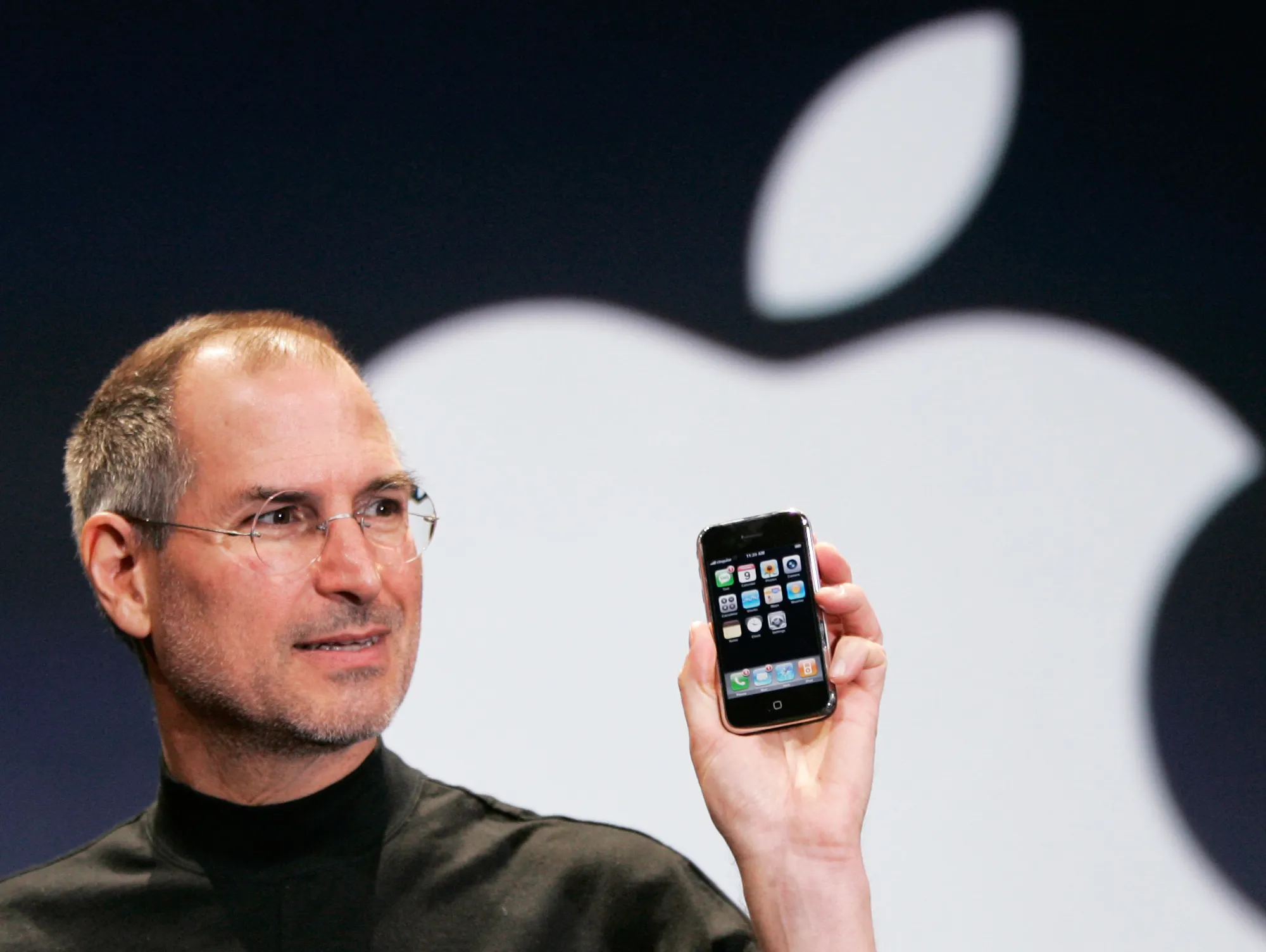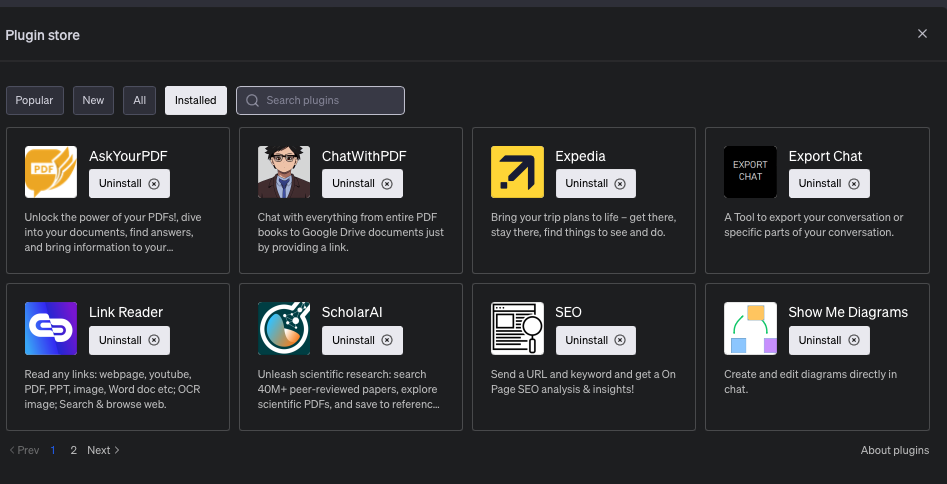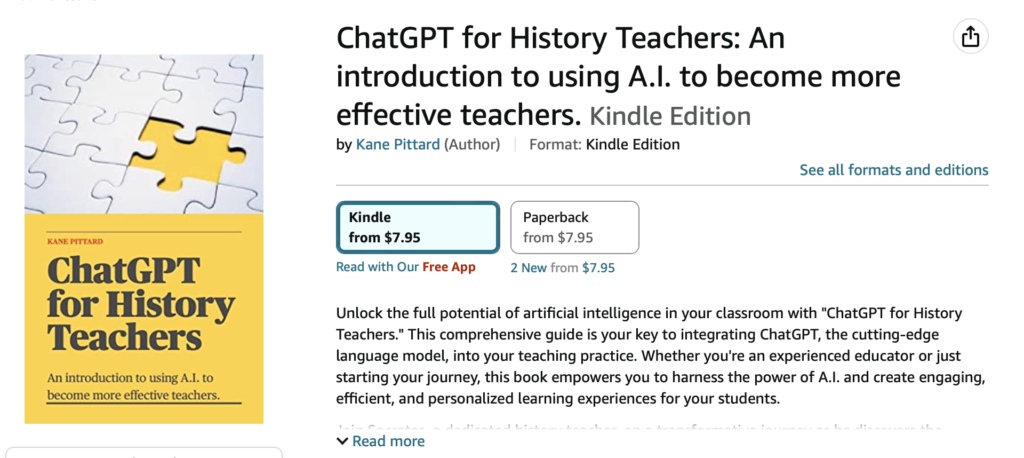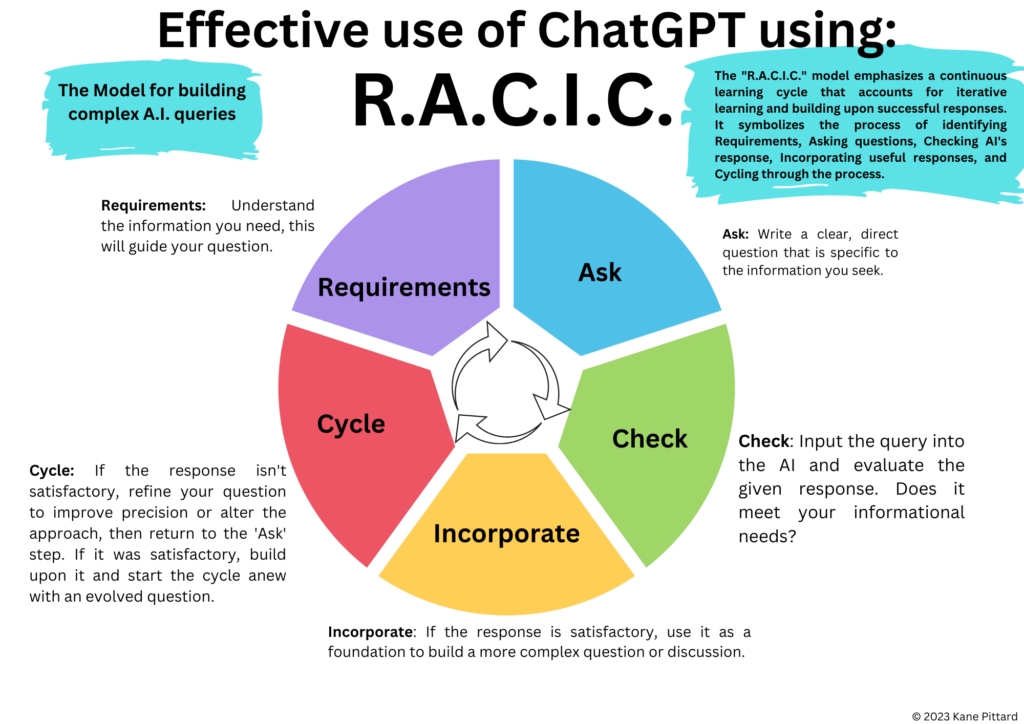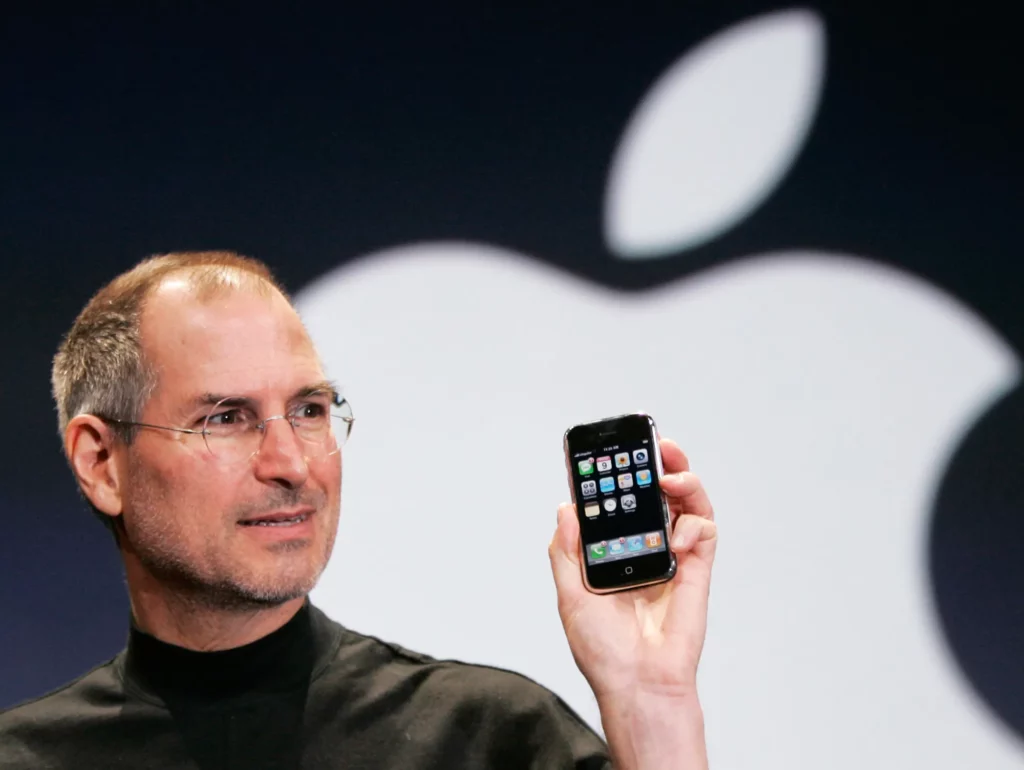
As mobile phones. commencing with the iPhone have evolved into this generation’s personal computer, educators and technologists are increasingly asking how we can leverage them for educational purposes. Boasting powerful computing capabilities and widespread usage, mobile phones present a unique opportunity to enhance learning experiences and bridge the digital divide. Despite concerns about mobile phone addiction, teaching students how to use these devices responsibly and productively can lead to improved educational outcomes.
If the mobile phone is this generation’s personal computer, then why aren’t we building on it? It’s a valid question that has been asked by educators and technologists alike. The fact is, mobile phones have evolved into powerful computing devices that offer endless possibilities for learning and personal growth. However, there are concerns about mobile phone addiction that can negatively impact students’ learning. So, why should we consider using mobile phones in education?
First, let’s address the concern about mobile phone addiction. While it’s true that some students can become addicted to their mobile phones, this is not a reason to dismiss them as tools for learning. Addiction to anything is a real concern, but it’s important to teach students how to use their mobile phones in a responsible and productive way. Just like with any technology, there are risks and benefits, and it’s up to educators to guide students in the right direction.
Second, the computing power of mobile phones has increased significantly in recent years. The latest iPhone, for example, is equipped with a powerful A15 Bionic chip, which is capable of handling complex tasks such as video editing, machine learning, and augmented reality. This means that mobile phones can now be used for a wide range of educational purposes, from creating and editing videos to running simulations and experiments.
Third, mobile phones are the technology that students know and use. According to a recent study, 95% of teenagers in the US own or have access to a smartphone. This means that mobile phones are a ubiquitous technology that can be leveraged to enhance learning experiences. Instead of asking students to put away their phones during class, educators should consider how they can integrate mobile phones into their teaching.
Fourth, mobile phones can reduce the digital divide between students from low socioeconomic backgrounds and those from more affluent families. While computers and laptops can be expensive and out of reach for many families, mobile phones are much more affordable and accessible. By using mobile phones in education, educators can help bridge the digital divide and provide equal learning opportunities to all students.
Stretching School Budgets:
Mobile phones can help stretch school budgets by providing an affordable alternative to traditional computers and laptops. As mobile phones are more accessible for many families, utilizing them in educational settings can help bridge the digital divide between students from different socioeconomic backgrounds. This approach ensures equal learning opportunities for all students while minimizing the need for schools to invest in expensive technology.
Integrating Mobile Phones into Education:
Integrating mobile phones into the classroom can lead to innovative and engaging learning experiences. Here are a few ways educators can use mobile phones effectively:
- Flipped classrooms: Students can use their mobile phones to access pre-recorded lessons, freeing up valuable class time for in-depth discussions and collaborative activities.
- Formative assessments: Teachers can use mobile phone apps to create quick and engaging formative assessments, providing instant feedback to students and adjusting instruction as needed.
- Research: Mobile phones provide instant access to countless resources, allowing students to quickly find reliable information during class activities and projects.
- Virtual field trips: With the power of mobile phones, students can embark on virtual field trips, exploring museums, historical sites, and other educational destinations without leaving the classroom.
So, how can we use mobile phones to improve learning for students? Let’s take the iPhone as an example. With its powerful hardware and software capabilities, the iPhone can be used for a variety of educational purposes. Here are just a few examples:
- Accessibility: provide a convenient and accessible platform for students to access online learning resources from anywhere, at any time.
- Video creation and editing: The iPhone’s camera and video editing capabilities make it an ideal tool for students to create and edit videos. Students can use their phones to record experiments, presentations, or short films, and then edit them using apps such as iMovie or Adobe Premiere Rush.
- Augmented reality: The iPhone’s AR capabilities allow students to explore and interact with virtual objects in a real-world environment. This can be used for a wide range of educational purposes, from visualising scientific concepts to exploring historical landmarks.
- Coding: With the Swift Playgrounds app, students can learn to code using the Swift programming language directly on their iPhones. This can help them develop computational thinking skills and prepare for future careers in technology.
- Collaboration: Mobile phones can be used for collaboration and communication among students and between students and teachers. With apps such as Google Classroom or Microsoft Teams, students can share assignments, ask questions, and collaborate on projects in real-time.
Teaching Effective Use of Technology Tools:
Rather than banning mobile phones in schools, educators should focus on teaching students how to use technology tools more effectively. This can be done through professional development workshops for teachers, integrating technology-focused lessons into the curriculum, and fostering a culture of responsible technology use within the school community.
Mobile phones offer a wealth of educational possibilities and can help bridge the digital divide. By teaching students responsible usage and harnessing the power of these devices, educators can create innovative and engaging learning experiences that cater to the needs of today’s digital natives. It’s time to embrace the potential of mobile phones as powerful tools for learning and empower students to thrive in an increasingly connected world.
Mobile phones have evolved into powerful computing devices that can be used for a wide range of educational purposes. While there are concerns about mobile phone addiction, it’s important to teach students how to use their phones responsibly and productively. By leveraging the power of mobile phones, educators can help bridge the digital divide and provide equal learning opportunities to all students. As the saying goes, “if you can’t beat them, join them.” It’s time for educators to embrace mobile phones as powerful tools for learning and build on them to create innovative and engaging learning experiences

